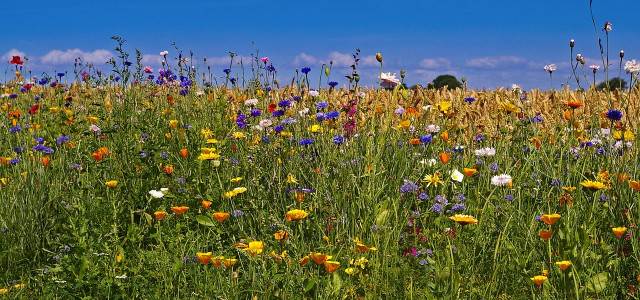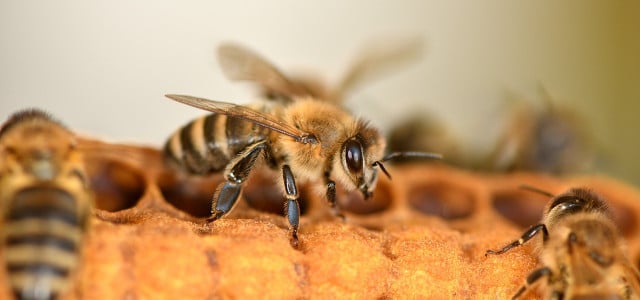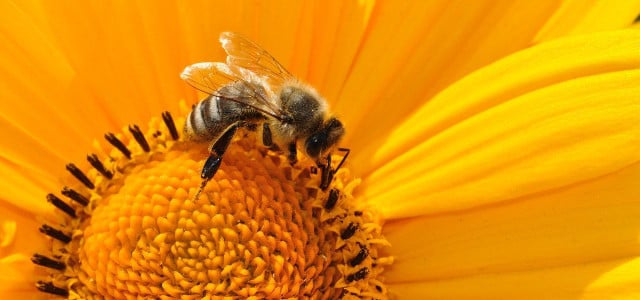Tired of devoting your free time to cutting your lawn? Learn why No Mow May is becoming a popular way to help bees in several US cities while also saving on time and fuel.
While you may think that you’re doing the environment a favor by maintaining a lush green lawn, the truth is that even the healthiest grass provides little benefit to the ecosystem.
Grass is the largest crop in the USA, yet these vast swaths of turf are ecological dead-zones: too short to provide shelter, no flowers to support bees, and often sprayed with herbicides or pesticides to kill off competing species of plants or animals. Bee numbers are on decline across North America due to habitat loss and pesticide use, threatening bee extinction. It’s time to rethink lawns.
What Is No Mow May?
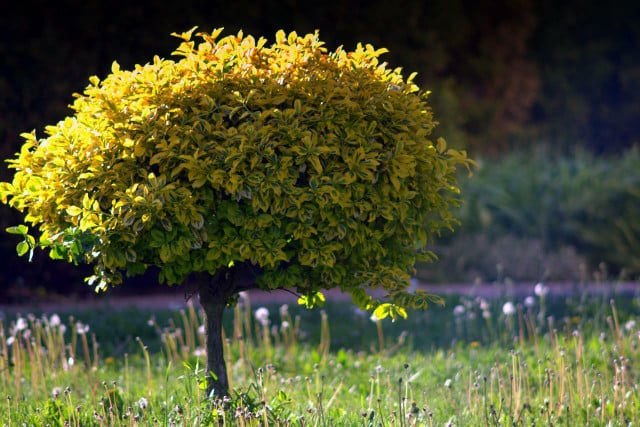
(Foto: CC0 / Pixabay / Arcaion)
With spring flowers coming into bloom en masse, May is a crucial month for pollinators to find food and build up healthy populations.
No Mow May was started as effort to tap into the vast areas of lawn as a food resource to threatened pollinators, particularly the bees. Though it was originated by Plantlife, a UK-based conservation charity, No Mow May has now become popular in several American cities, particularly in the Midwest. Green Bay, Milwaukee, Ann Arbor, and Saint Paul are only a few of the cities to officially implement No Mow May.
No Mow May isn’t just about leaving the mower in the shed, but to limit fertilizers, insecticides, and herbicides to encourage more flower growth and attract native bees. This is also a great first step in creating a natural lawn to keep all year.
1. Letting Grass Grow Long Can Increase Biodiversity
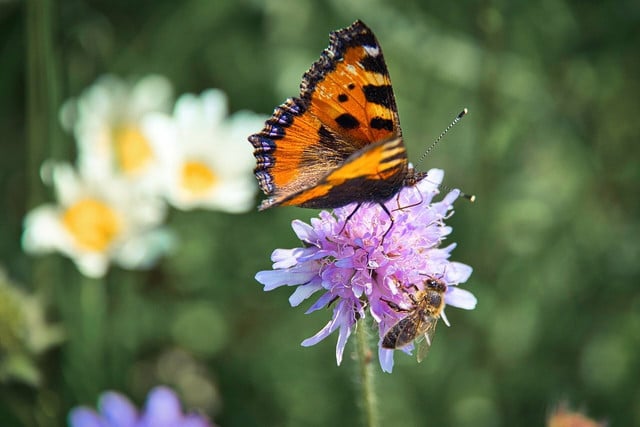


(Foto: CC0 / Pixabay / pdimaria)
It’s no mystery that more flowers such as clover, dandelion, or buttercup will bloom if you let your lawn grow for a while before mowing. Now imagine how many flowers would spring up if left untended for an entire month.
Since most lawns are monocultures of only a couple grass species, No Mow May can give native wildflowers a chance to spread and add more variety to your lawn for next year. Why not help them along by planting wildflower seeds? Giving your lawn flowers enough time to grow and spread is a first step toward native gardening for wildlife and is one of the small ways to help bees that is both simple and effective.
Tip: With the abundance of edible weeds (and edible flowers!) that will grow in your garden, why not use some in the kitchen? Try:
- Vegan Dandelion Honey Recipe
- How to Make Dandelion Tea
- How to Eat Dandelion
- How to Preserve Dandelion Flower, Leaves, and Roots
- How to Use Stinging Nettles as Medicine and in the Kitchen
- Chickweed: How to Use this Edible Wild Herb
2. Helps Farmers
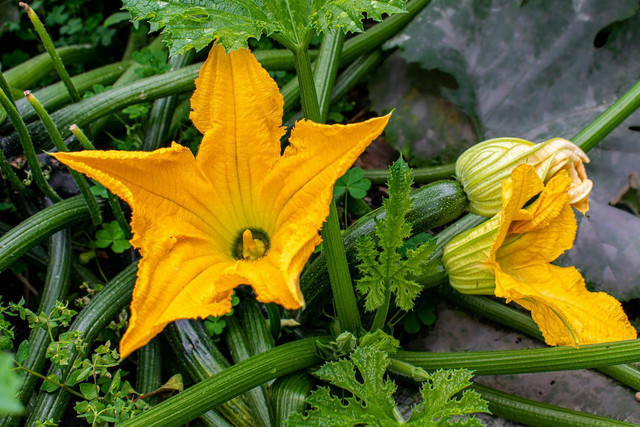


(Foto: CC0 / Pixabay / Coernl)
A surprising benefit of No Mow May is how much it can help farmers and increase crop yields. This is because nearby wildflowers will attract more pollinators to farms and vegetable gardens as well. This means that flowering crops such as fruit trees, tomatoes, squash, or cucumbers will produce more fruit.
A German study also found that bees are more effective pollinators in cities, where scarce food means that every flower counts. Urban farms, community gardens, or even those growing tomatoes in pots on balconies will stand to benefit the most from the increased bee presence.
https://utopia.org/guide/plants-for-your-balcony-10-best-sustainable-options/
3. No Mow May Saves Time, Money, and Energy
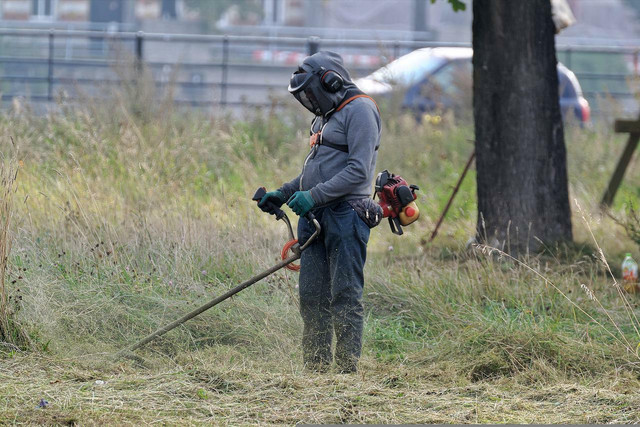


(Foto: CC0 / Pixabay / icsilviu)
Mowing the lawn likely isn’t your first choice of activities on a sunny spring day. Either you spend a few hours with your push mower or hire costly professionals to haul in their equipment. With No Mow May, you can save money and spend more time on other pursuits — maybe ticking off the items on your spring bucket list? Try, for example, composting grass clippings or composting leaves and use the compost to set up a no dig gardening bed.
Learn more about it: What You Can Compost, What You Can’t — and Why
On a city-wide scale, these savings can add up to hundreds of thousands of tax dollars, which could be better diverted toward sustainable landscaping, invasive control, or trash cleanups.
4. No Mow May Reduces Pollution
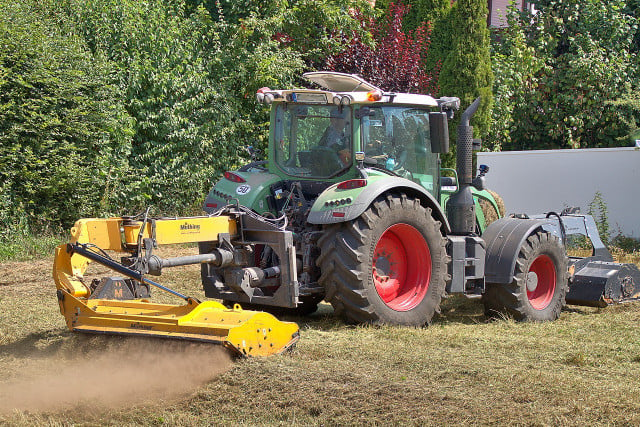


(Foto: CC0 / Pixabay / anaterate)
Short of using a scythe, there is no way to cut grass that doesn’t involve some form of pollution or CO2 emissions. Even the small size and limited use of mowers doesn’t reduce their negative environmental footprint.
In fact, smaller engines are often the most inefficient, with a typical lawnmower emitting as much in an hour as a car driving 100 miles. Large commercial mowers are also nuisances: they kick up dust, cause noise pollution, and can scar and compact the soil.
No Mow May isn’t only about mowing however: it is about limiting all lawncare, including insecticides, herbicides, and fertilizers that can often harm native species and leach from lawns into waterways.
5. Protects Waterways
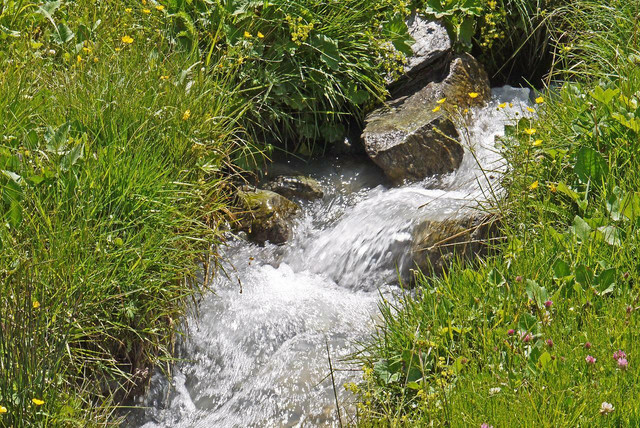


(Foto: CC0 / Pixabay / hpgruesen)
Lawns are huge guzzlers of water. The EPA estimates that as much as 15 percent of household water use goes into landscape watering. No Mow May reduces not only watering, but your lawn’s need for water as well: as the grass grows longer it will create shade, cool the soil, and prevent evaporation.
Longer lawns are also more effective at absorbing and filtering water, which can reduce flooding, erosion, and unwanted runoff into waterways. This can be especially protective of cities, where the paved surfaces prevent water absorption and contribute to runoff and flooding.
Also interesting: What Is a Sponge City? Definition, Uses and Examples
6. Healthier Grass
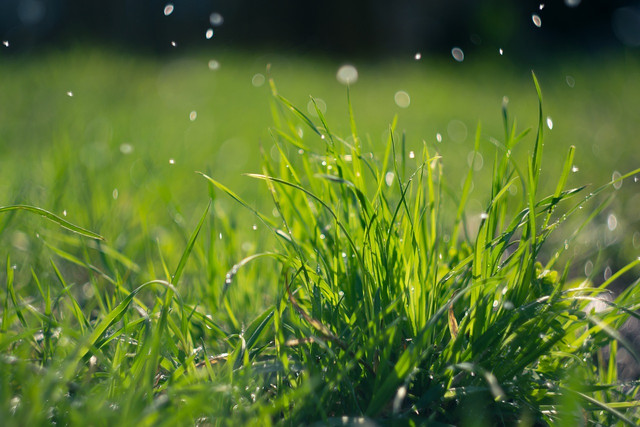


(Foto: CC0 / Pixabay / -MECO-)
It’s no surprise that letting your grass grow is healthier for your lawn than the stress of chopping it every week. Rather than using up all of its energy into regrowing after each cut, longer grass will be able to absorb more sunlight and can devote more energy into strengthening its root system. The shade created by the longer grass will also prevent weeds from taking hold and will improve soil moisture.
7. Your Lawn Will Look Beautiful
Contrary to the belief that your lawn will become overgrown with weeds, No Mow May will allow native wildflowers such as clover, dandelion, wood sorrel, ground ivy, or violets to finally flower. Hundreds of species have been recorded in just one garden by multiple researchers, including rare wildflowers such as orchids. Enjoy seeing them — maybe for the first time ever in your garden — and you might think twice about moving the lawn mower again in June.
Read more:
- The 3 Types of Biodiversity Explained
- Flowers for Bumblebees: How to Help Endangered Bumblebees
- Japanese Knotweed: Identification & Control
Do you like this post?






